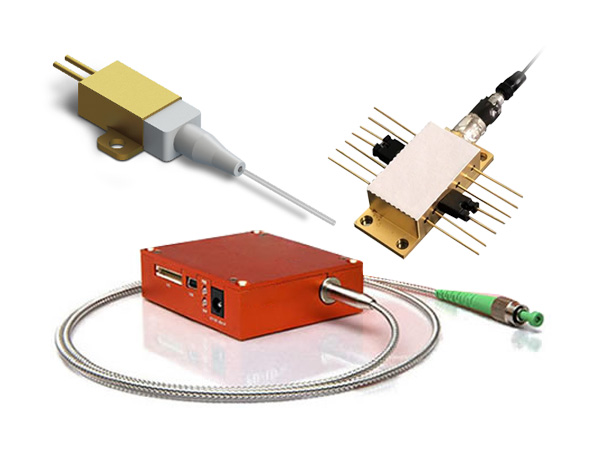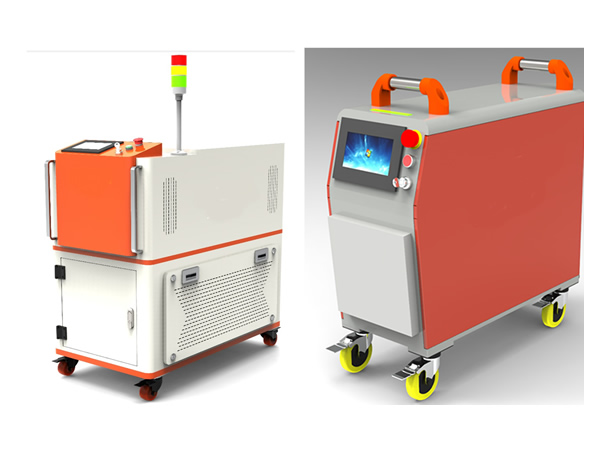Lasers for Interferometry
Interferometry
Interferometry refers to a wide range of techniques that rely on the superimposition of two coherent light paths, most often split from a single source, to form an interference pattern.
Lasers for Interferometry
This interference arises from path differences between the two beams, one reference light path and one incident sample light path, resulting in measurable changes to the fringe pattern.
This measurement technique can be used for a wide variety of different applications - from simple distance or surface measurements, to structure and stress, to the measurement of gravitation waves.
A typical experimental setup is, in theory, quite simple. A highly stable, coherent laser is split in two, to create separate and identical beams. One is a reference arm with a fixed path, while the other forms the moving sample incident beam. Initially the two beams are in phase, having been split from the same coherent source. If the two path lengths are the same, they will still be in phase when they reach the detector. However, slight deviations in the path of the sample beam will change its phase relative to the reference beam and so will produce associated deviations in the interference pattern. It is these deviations in the interference pattern that are the measurable output.
There are several considerations when choosing a suitable light source for interferometry.
Firstly, the source requires high spectral stability to ensure that pattern changes are caused by the sample, rather than laser effects. Longer coherence lengths, and therefore narrower linewidths, will partly determine the resolution of the measurement, along with consideration of the wavelength used.
High beam pointing stability ensures a consistent measurement on the selected sample position, whereas high beam quality reduces the possible complexities in analysing the measurement result.
Finally it is important to consider the available power level in comparison to the sample size, as higher power enables the imaging of larger areas.
UniKLasers design and manufacture single frequency laser sources with unrivalled wavelength stability, narrow linewidths and long coherence lengths over a range of wavelengths within a small footprint. We currently offer single-frequency lasers with our Solo 640 Series, Duetto 532 Series, and Solo 1064 Series
 English
English Français
Français Deutsch
Deutsch euskara
euskara Русский язык
Русский язык Italiano
Italiano Português
Português Nederlands
Nederlands Polski
Polski Greek
Greek Lietuva
Lietuva Türkçe
Türkçe 日本語
日本語 한어
한어 中文
中文 தாமில்
தாமில் فارسی
فارسی हिंदी
हिंदी Tiếng Việt
Tiếng Việt ภาษาไทย
ภาษาไทย Pilipino
Pilipino Indonesia
Indonesia தாமில்
தாமில்





